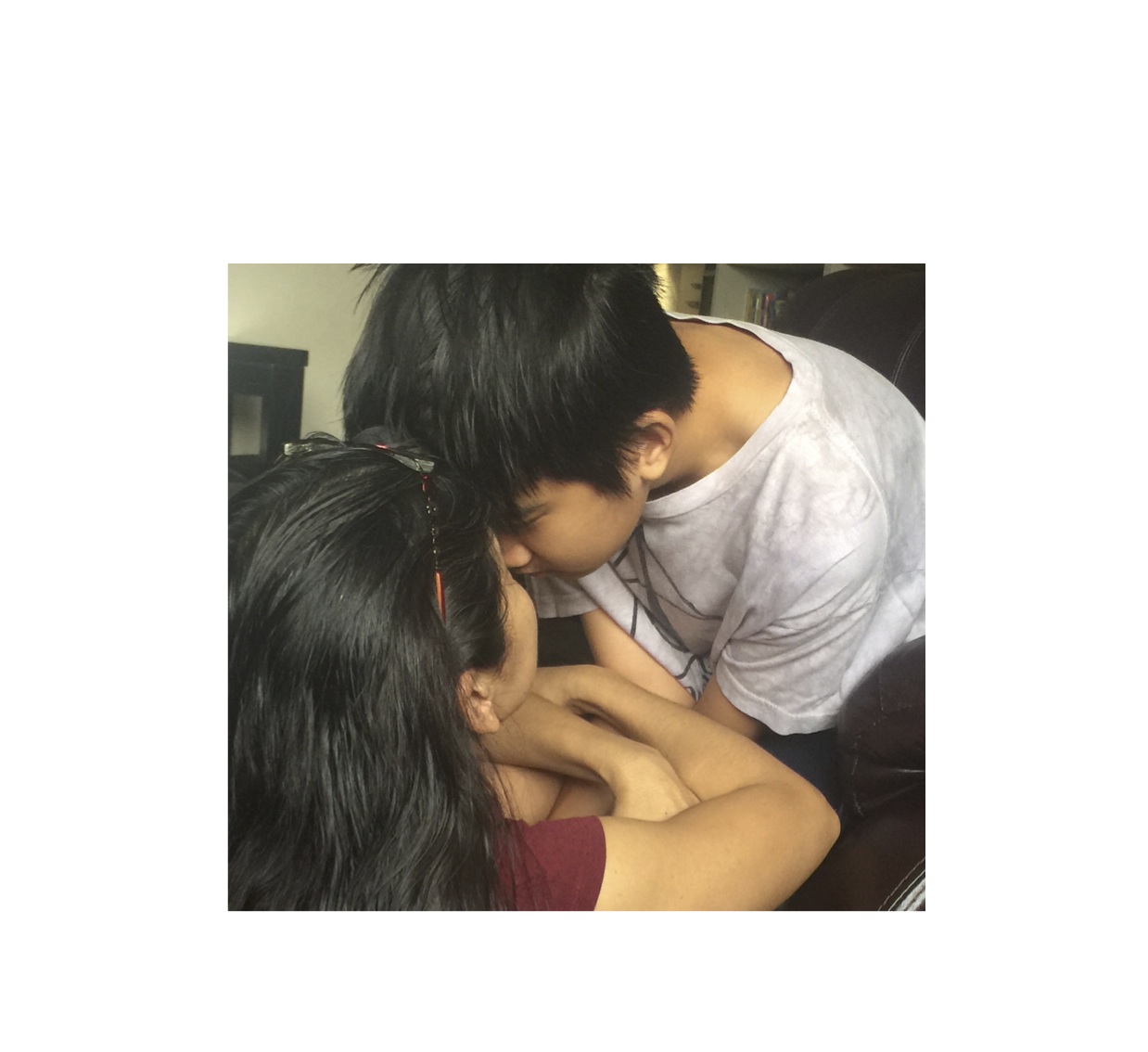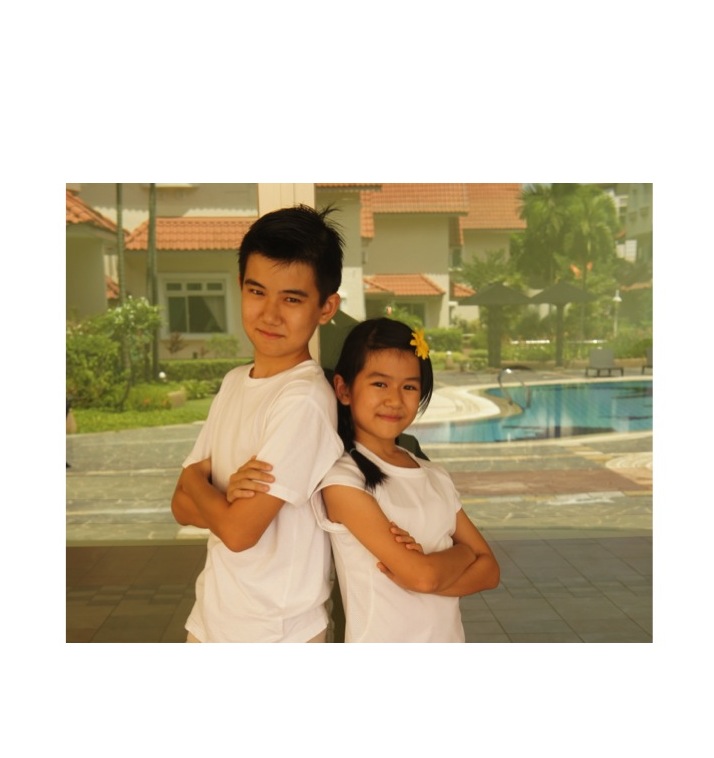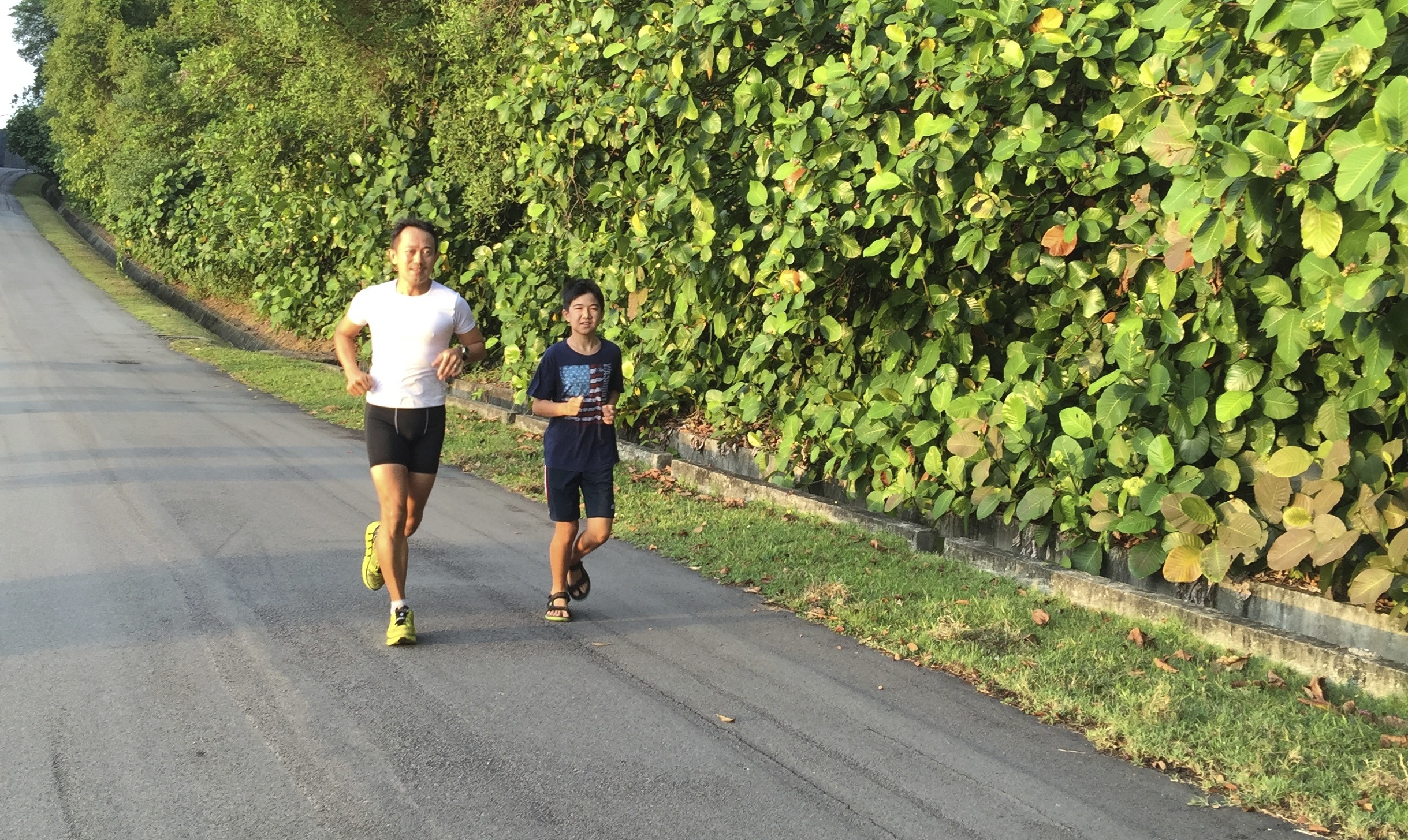Let’s accept one thing. Conflicts are inevitable. Disagreements are bound to arise. Children cannot avoid conflict, nor should they avoid conflict by always giving in. As their parents, teachers/caregivers, we can help them manage the level their conflicts escalate to. More importantly, we can help them manage how they resolve their conflicts.
Some parents/teachers punish the “perpetrator” because he was the one who started it. But that overlooks the possibility that there is an underlying reason that needs addressing. Some parents/teachers punish both, or all, children involved regardless of who started it since it takes two or more to tango. But that creates resentment because a child could just be protecting herself yet she was punished for it. So what can we do when children fight? We teach them how to resolve their conflict, of course. But how? Here is an example of how to intervene in our children’s conflicts.
A parent hears her two children arguing and fighting. She refrains from intervening to allow the children the opportunity to resolve the issue themselves. When the fight becomes physical, a boundary has been crossed and that is when she decides to intervene.
1) Set Boundaries For Their Words and Actions
When children fight, they can be really mean and spiteful. The first thing we do is to set boundaries for what is acceptable and unacceptable behaviour.
Child 1: You are always so rude!
Child 2: You are a selfish brat!
Both: (physically hit each other)
Parent: Alright, both of you. You need to stop. Both of you are really upset with each other. I can hear you arguing from the other side of the house and I see you two physically fighting when I got here. In this household, we treat one another with respect. We do not hit, nor do we call one another mean names. What happened?
Why do this? When we clearly state the boundaries for their words and actions, we reinforce what is acceptable behaviour and what isn’t. By calmly intervening and asking what happened, we role model the behaviour of not jumping into conclusion but seeking clarifications first.
2) Listen to Each Child Without Judgment
Like us, children have reasons for behaving the way they do. Their reasons may not be sound to us. Nonetheless, those reasons have triggered them to behave the way they did. Hence it is important to hear them out. Listen to each child as he/she tells us what happened. Practice active listening by reflecting back what they have told us to ensure we have accurately understood what they have said. It is important to listen impartially to their accounts so they will be open in what they tell us.
Parent: (To Child 1) Tell me what happened.
Child 1: He couldn’t find his ruler so he took mine. He did not even ask me if he could! Then he broke it!
Parent: He took your ruler without your permission when he couldn’t find his. Then he broke your ruler. Is that what happened?
Child 1: Yes.
Parent: Thank you for sharing your point of view.
Parent: (To Child 2) Your sister said you took her ruler without her permission and you broke it. What happened?
Child 2: She hid my ruler because she was upset I used it to tap on the table.
Child 1: He was so irritating.
Parent: (to Child 1) It is his turn to talk. I will come back to you later. Please let him finish. (Back to Child 2) Please continue.
Child 2: So I took her ruler. Then she threw her eraser at me because I took her ruler. That made me so angry I clenched my fists and broke her ruler. Then she hit me.
Parent: You took her ruler without asking because she hid yours to stop you from using it to tap on the table. When she threw her eraser at you, you got so angry you broke her ruler. Then she hit you. Is that correct?
Child 2: Yes.
Parent: Thank you for sharing your point of view.
Parent: (To Child 1) Your brother said he took your ruler without asking because you hid his. Is that right?
Child 1: Yes. I was trying to read my book and he was making so much noise.
Parent: Thank you.
Why do this? While this looks time consuming, it is an extremely important first step to conflict resolution. When each child feels his side of the story is heard without judgment, he becomes less defensive. The time consuming questioning is deliberate as it allows both angry children to breathe, calm down and think clearly.
3) Help Each Child Reflect On Where His/Her Anger Got Him/Her
Once we have established what happened from the children, help them see where their emotions got them.
Parent: (To Child 1) How did you feel when he was tapping his ruler on the table while you were reading?
Child 1: I was very irritated. I was getting a headache from all that noise.
Child 2: But you didn’t say anything!
Parent: (To Child 2) It’s her turn to talk. Please wait for your turn. (To Child 1) Please continue.
Child 1: So when he went to the bathroom, I kept his ruler.
Parent: What happened after that?
Child 1: He couldn’t find his ruler and he took mine.
Parent: How did you feel then?
Child 1: I got angry. He is always taking my things without my permission.
Parent: You got angry. What did you do then?
Child 1: I threw my eraser at him.
Parent: Hmm, and he broke your ruler after that.
Child 1: Yes! I got so mad. That’s my only ruler and he broke it!
Parent: You got so mad you hit him.
Child 1: Yes. He deserved it.
Parent: Thank you for letting me know how you feel. What did you do when you were irritated by his tapping?
Child 1: I tried to cover my ears with my pillow.
Parent: Why do you think he took your ruler?
Child 1: Because he couldn’t find his.
Parent: Why do you think he broke your ruler?
Child 1: Because he was mean.
Parent: Would he have broken your ruler if you didn’t throw the eraser at him?
Child 1: Maybe.
Parent: But after you threw the eraser at him, would it make him angry enough to do something, like breaking your ruler?
Child 1: Yes.
Parent: (To Child 2) How did you feel when you couldn’t find your ruler?
Child 2: I knew she had taken it. She took my ruler without my permission. So I just took her ruler. She started taking without permission first.
Parent: You felt she deserved to be punished so you took her ruler too.
Child 2: Yes.
Parent: Why do you think she threw her eraser at you?
Child 2: Because she is being selfish. She cannot share.
Parent: How did you feel when she took your ruler without asking?
Child 2: Upset.
Parent: You felt upset when she took your ruler without asking. How do you think she felt when you took her ruler without asking?
Child 2: Maybe she felt upset too.
Parent: You were angry when she threw her eraser. Would she have thrown her eraser if you hadn’t taken her ruler without her permission?
Child 2: No.
Parent: Would you have broken her ruler if she hadn’t thrown the eraser at you?
Child 2: No. I have no intention of breaking her ruler at all. I just needed to use it.
Parent: Let me see if I got this right. You felt that she deserved to be punished for hiding your ruler so you took her ruler. But that triggered her to throw her eraser at you which then made you so angry you broke her ruler. What happened after you broke her ruler in anger?
Child 2: She hit me.
Why do this? This extended conversation allows the children to see how each of their self righteous or angry decision lead from one thing to another. In addition, it also gives the children an opportunity to hear the other side of the story and the reasons behind the emotions and actions the other party exhibited. Just so we are clear, doing so does not justify their behavior. Instead, we are allowing them to help the other party understand their reactions and letting them understand how their behavior affect one another. This reflection is important as it will help them learn to think through their actions in the future. It will also help them develop social intelligence on why others behave the way they do.
4) Help Each Child Reflect On How The Other Child Felt
After each child has had the opportunity to share why they felt the way they did, and reflect on how their emotions led to the series of events, it is time to help them see things from the other perspective.
Parent: (To Child 1) How do you think your brother felt when he couldn’t find his ruler after his bathroom break?
Child 1: Frustrated. He probably knew I took it.
Parent: How do you think he felt when you threw the eraser at him?
Child 1: Angry.
Parent: How do you think he felt when you hit him?
Child 1: Even angrier.
Parent: Thank you for putting yourself in his shoes.
Parent: (To Child 2) How do you think your sister felt when you were tapping your ruler?
Child 2: She said she was irritated but I was concentrating on my school work and not paying attention to her. I really didn’t know it was bothering her.
Parent: No need to justify your action, thank you. How do you think she felt when you took her ruler without asking?
Child 2: She probably didn’t like it. She’s very protective of her belongings.
Parent: How do you think she felt when she you broke her ruler?
Child 2: Very mad.
Parent: Thank you for thinking about how she felt.
Why do this? When children put themselves in the shoes of the other person, it allows them to develop empathy for how the other person feels.
5) Help Them Brainstorm For Peaceful Solutions
After the children have had the chance to think through the impact of their emotions and actions, as well as put themselves in the shoes of the other person, it is timely to help them brainstorm peaceful solutions to prevent a similar occurrence.
Parent: (To Child 1) What would you do differently next time when your brother does something that bothers you, like tapping his ruler?
Child 1: I will let him know the sound bothers me.
Parent: (To Child 2) What would you do when your sister tells you that something you are doing is bothering her?
Child 2: I will stop.
Parent: What will you do when you need to borrow something from your sister?
Child 2: I will ask her for permission first.
Parent: (To Child 1) What will you do if your brother forgot to ask you for permission before borrowing your things?
Child 1: I will remind him. I will also try to be generous and share even if he doesn’t ask for my permission, though I would still very much like him to ask first.
Parent: (To Child 2) Now that you have broken your sister’s ruler, what are you going to do about it?
Child 2: I will buy her another one to replace it.
Parent: (To both children) Do you both have anything to say to each other?
Child 1: I’m sorry for everything, especially for hitting you.
Child 2: I’m sorry for taking your ruler and breaking it.
Parent: Thank you both for working through this peacefully. Please remember to put yourselves in each other’s shoes more in the future.
Why do this? This process helps them to be more empathetic and to de-escalate and brainstorm for solutions in the future by themselves. By thinking about how their actions affect the other person, it helps them develop regulate their own emotions and impulse control.
“But This Is So Time Consuming!”
Some of you might be thinking, “But this is too time consuming! I just want my children to stop fighting RIGHT NOW.”
My humble suggestion is to give it a try several times. My children are able to work through most of their conflicts with each other themselves using the same technique. They learned to tell the other sibling how they felt when that other sibling did something that upset them. Many times, the irritations were unintentional and as a result of that communication, the conflicts de-escalated very quickly. More often than not, they would receive an apology. While I still need to intervene occasionally, my involvement in their conflicts have reduced dramatically.
Children are not naturally mean. They just need to be guided on how to manage their conflicts. And as their parents, caregivers and teachers, it is our responsibility to help them through the process of conflict management in a peaceful manner. Needless to say, it is also very important for us, as adults, to manage conflicts peacefully ourselves. The children under our care are always watching what we do.
What peaceful interventions do you use when your children fight?
– Vivian –




